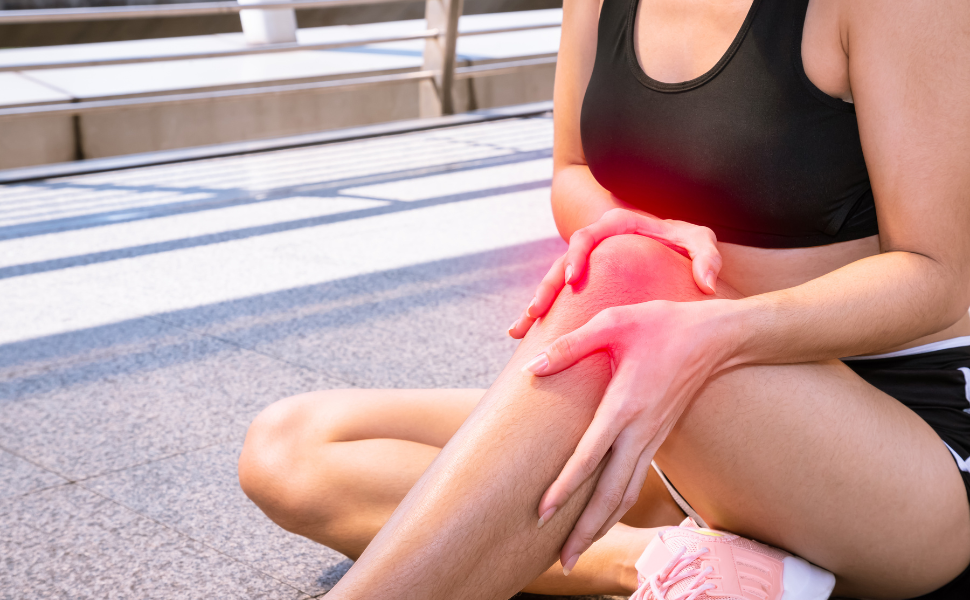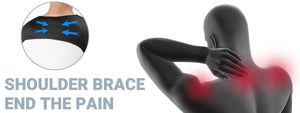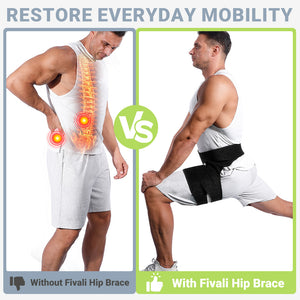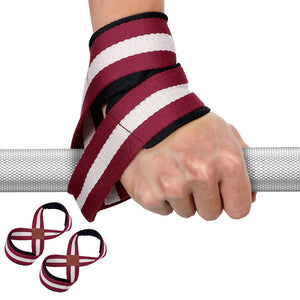Will Walking on a Torn Meniscus Make it Worse?

A torn meniscus is a common knee injury resulting from trauma or age-related degeneration, which can cause significant pain and discomfort. Thus it's important to understand what is a torn meniscus and how to heal a torn meniscus. If left untreated, it can lead to long-term knee problems.
Causes of Torn Meniscus
Trauma or Injury to the Knee Joint
One of the leading causes of a torn meniscus is trauma or injury to the knee joint. The torn meniscus can occur during activities such as sports, falls, and accidents. When we suddenly twist or bend motions, we will put too much stress on the meniscus, causing it to tear. Additionally, people who suffer from traumatic injuries to the knee, such as ligament tears or fractures, are easier to develop a torn meniscus.
Age-related Degeneration
With aging, our meniscus and other cartilage become weaker and more prone to damage. With repetitive using the meniscus over time, our meniscus has the potential to tear. Additionally, pre-existing conditions such as arthritis can increase the risk of developing a torn meniscus.
Repetitive Motions
Athletes who participate in high-impact sports, such as football, basketball, and soccer, are particularly susceptible to torn meniscus. When they engage in sports activities with repetitive motions, such as running, jumping, and squatting, their knee joint will bear lots of stress, leading to wear and tear of the meniscus. Repetitive kneeling, squatting, or climbing stairs also increases the risk of torn meniscus.
What are the Symptoms of Torn Meniscus

Pain and Swelling
Pain and swelling in the knee joint are the most common symptoms of a torn meniscus. When we get a torn meniscus, we can feel the pain around the affected area of the knee. Depending on the severity of the torn meniscus, you can experience a sharp pain or dull pain. This pain may be accompanied by swelling, which can make the knee joint feel stiff and uncomfortable.
Difficulty in Using Knee
With a torn meniscus, we are difficult to bend or straighten our knee. A torn meniscus can get caught in the knee joint, we can’t move the knee smoothly and naturally. In a severely torn meniscus, your knee may even lock up or give way, and you can’t walk or stand.
Clicking or Popping Sensations
Another common symptom of a torn meniscus is a clicking or popping sensation in the knee joint. Because the torn edge of the meniscus catches on the articular cartilage in the knee joint, it will create a snapping or popping sound. Accompanying with clicking or popping sensations, you could feel discomfort or pain in the knee joint.
Will Walking on a Torn Meniscus Make it Worse?
The answer is yes. Walking on a torn meniscus can make it worse, depending on the severity and location of the tear. If you continue to walk on a torn meniscus, especially for an extended period, it can cause further damage to cartilage or make the existing injury more severe.
How to Treat Knee Meniscus

Conservative Treatments
Conservative treatments, such as rest, ice, compression, and elevation (RICE), are often the first line of treatment for a torn meniscus. Resting the knee joint can help reduce pain and swelling while applying ice and compression can help to further alleviate symptoms. Elevating the affected leg can also help to reduce swelling. If you suffer from a torn meniscus, taking a break from high-impact activities may be necessary.
Medications
Medications such as pain relievers and anti-inflammatory drugs may fix a torn meniscus. These medications can help to reduce pain and inflammation, allowing you to perform rehabilitation exercises or physical therapy easily.
Arthroscopic Surgery & Physical Therapy
If conservative treatments are not effective, you can accept surgery to heal the torn meniscus. Arthroscopic surgery involves making small incisions around the knee joint to remove or repair the damaged meniscus. After torn meniscus surgery, you can accept physical therapy to improve knee strength and flexibility, like gentle stretches, range-of-motion exercises, and low-impact activities such as swimming or cycling.
Recovery from Torn Meniscus
It’s essential to avoid walking on a torn meniscus: If you have a torn meniscus, walking or putting weight on the injured knee can cause further damage and delay the healing process. Using crutches or a knee brace can help to reduce pressure on the knee and promote healing. During torn meniscus recovery, you can do rehabilitation exercises with a knee brace. A strong knee brace like the Fivali unloader knee brace is essential to protect the knee in torn meniscus recovery. It helps to stabilize the knee joint, reduce pain, and prevent further injury. It also provides support and aids in the healing process. Here are 3 Best Hinged Knee Braces for you:
- FKH03: Fivali Adjustable Hinged Knee Brace 1 Pack
- FKH02: Fivali Hinge Knee Brace for Pain 1 Pack
-
FKH01: Fivali Hinge Knee Brace 1 Pack

Avoid walking on a torn meniscus: If you have a torn meniscus, it's important to avoid putting weight on the affected knee. Walking or standing on the injured knee can cause further damage and delay the healing process. Using crutches or a cane can help to reduce pressure on the knee and promote healing.
Reference
Article about torn meniscus by Mayoclinic.
Importance of taking care of torn meniscus by New York Spine and Sports Surgery:
*Disclaimer
The information provided in articles written by Fivali is intended for educational and reference purposes only. The content on this website is not intended to diagnose, treat, cure, or prevent any disease. We do not recommend self-diagnosis or self-treatment based on the information provided in our articles. Always consult a qualified healthcare professional if you have any concerns about your health or well-being.
If you are experiencing any symptoms or discomfort, we strongly encourage you to seek medical attention from a qualified healthcare professional. Only a licensed healthcare practitioner can provide an accurate diagnosis and appropriate treatment plan tailored to your individual needs.












